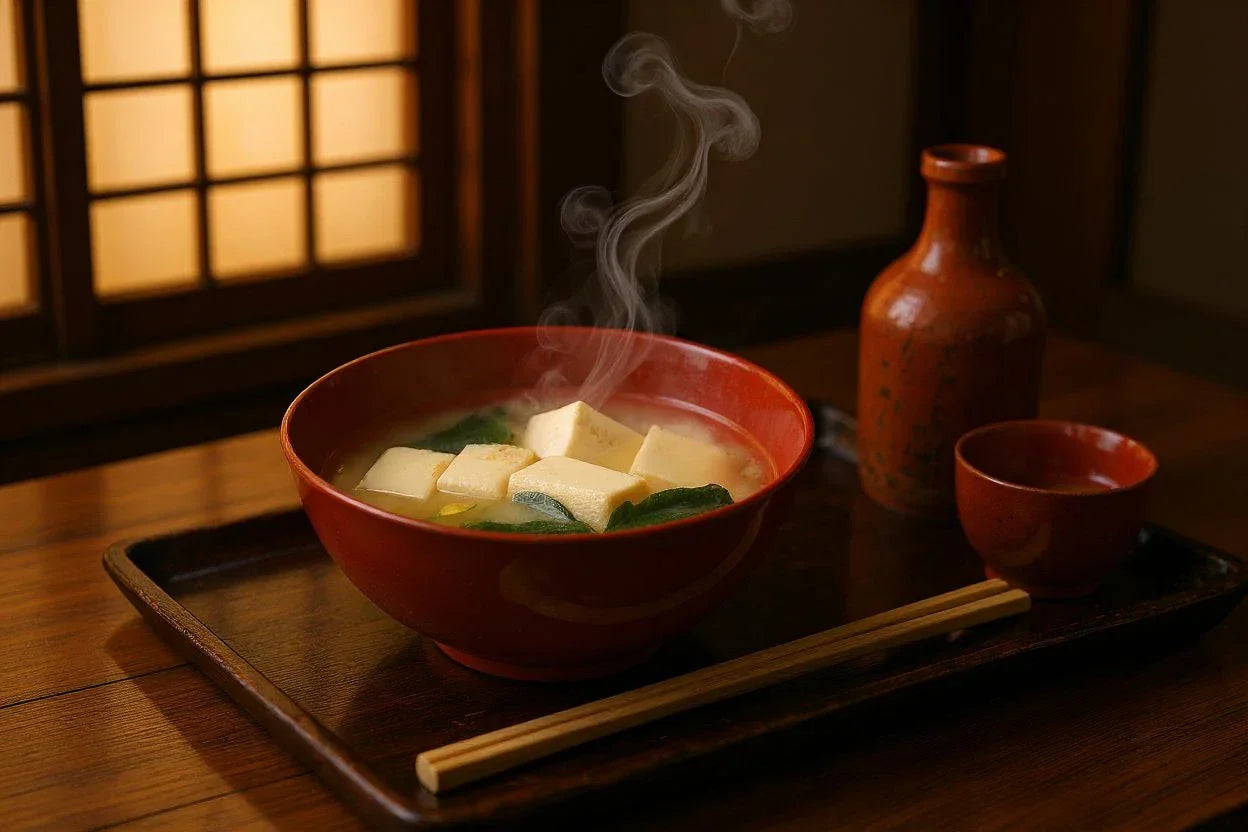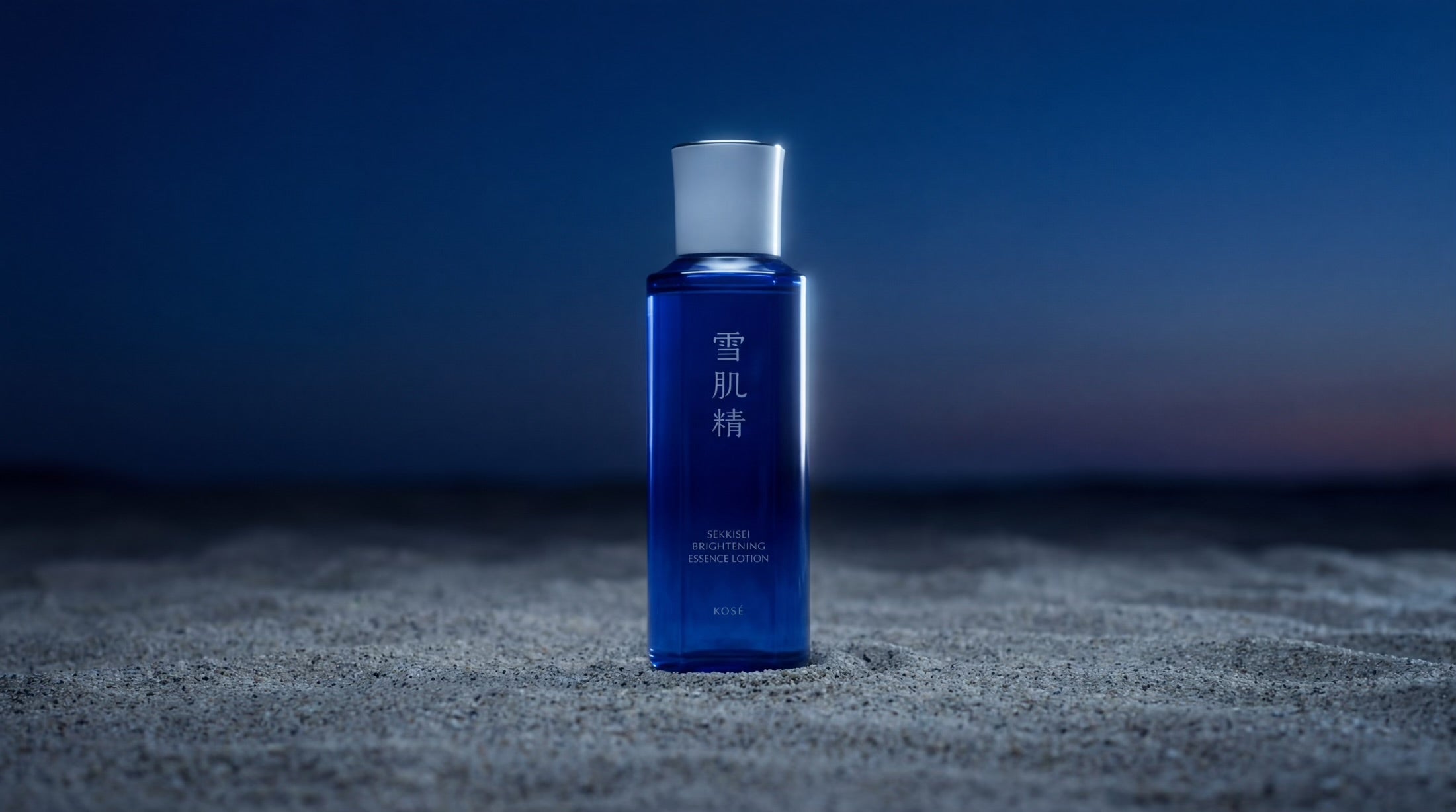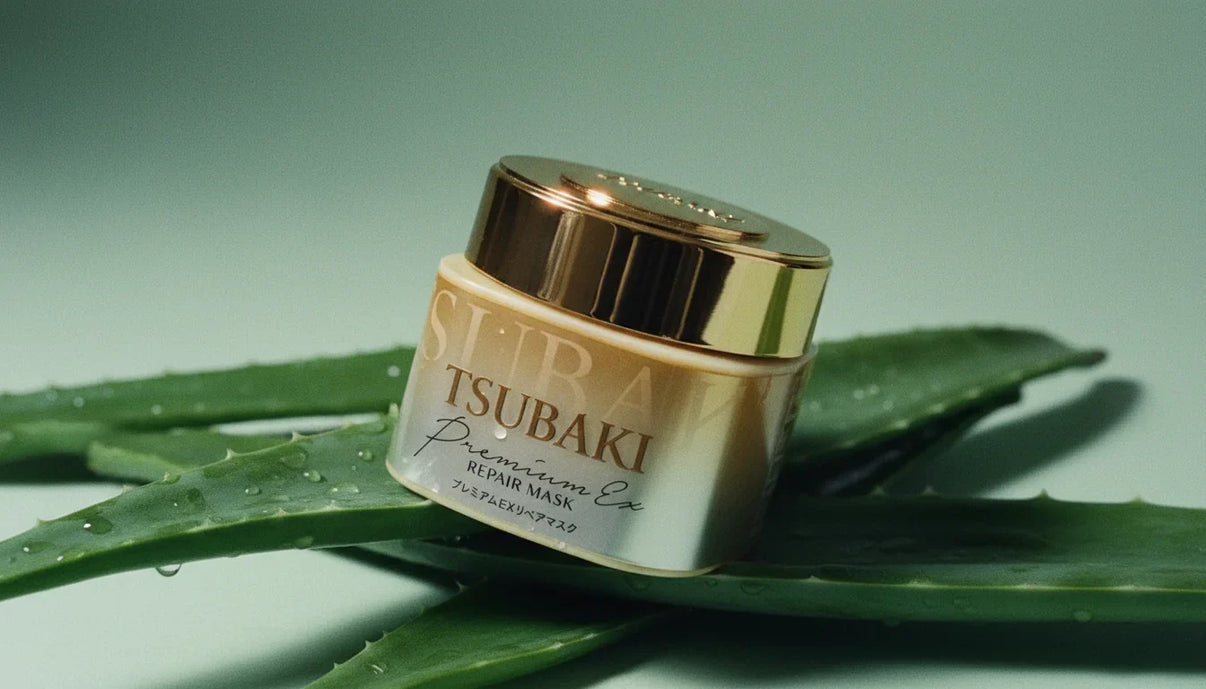Cos'è il Misoshiru?
Il Misoshiru (味噌汁), comunemente noto come zuppa di miso, è uno dei piatti più amati e fondamentali del Giappone. Questa zuppa tradizionale è stata una pietra miliare della cucina giapponese per oltre 1.300 anni, servendo come alimento quotidiano che appare a colazione, pranzo e cena in tutto il Giappone. Il nome si traduce letteralmente in "succo di miso" o "brodo di miso", riflettendo il suo ingrediente principale: la pasta di soia fermentata chiamata miso.
La Ricca Storia del Misoshiru
Le origini del misoshiru risalgono al periodo Heian (794-1185), quando i monaci buddisti introdussero la pasta di miso in Giappone dalla Cina. Inizialmente, il miso era considerato un articolo di lusso e veniva consumato principalmente dall'aristocrazia. Tuttavia, durante il periodo Kamakura (1185-1333), la produzione di miso divenne più diffusa e il misoshiru divenne gradualmente accessibile alla gente comune.
La zuppa acquisì particolare importanza durante il periodo Edo (1603-1868), quando divenne una parte essenziale della struttura tradizionale del pasto giapponese nota come "ichijuu sansai" (una zuppa, tre piatti). Questo formato di pasto, composto da riso, misoshiru e tre contorni, rimane la base della cultura culinaria giapponese ancora oggi.
Tipi di Miso e i Loro Sapori
Il carattere del misoshiru dipende in gran parte dal tipo di miso utilizzato. Ci sono tre categorie principali:
Shiro Miso (Miso Bianco)
Prodotto principalmente da soia e riso, il miso bianco ha un sapore dolce, delicato e un colore chiaro. Viene fermentato per un periodo più breve, tipicamente da 6 mesi a 1 anno, risultando in un gusto delicato perfetto per i principianti.
Aka Miso (Miso Rosso)
Questo miso più scuro e robusto viene fermentato per 1-3 anni, sviluppando un sapore profondo, salato e complesso. Il miso rosso è fatto con una proporzione più alta di soia e spesso include orzo o altri cereali.
Awase Miso (Miso Misto)
Una miscela di diversi tipi di miso, l'awase miso offre un profilo di sapore equilibrato che combina le migliori caratteristiche di varie varietà di miso.
Ingredienti Comuni e Varianti
Mentre la pasta di miso e il dashi (brodo giapponese) formano la base del misoshiru, la zuppa può includere innumerevoli ingredienti:
Ingredienti Tradizionali:
- Alga wakame: Aggiunge sapore oceanico e nutrienti
- Tofu: Fornisce proteine e una consistenza cremosa
- Cipollotti (scalogni): Offrono freschezza e colore
- Vongole shijimi: Popolari per il loro brodo ricco di umami
- Ravanello daikon: Aggiunge dolcezza e croccantezza
Variazioni stagionali:
- Primavera: Germogli di bambù, piselli e petali di ciliegio
- Estate: Melanzane, okra e mais
- Autunno: Funghi, patate dolci e foglie di crisantemo
- Inverno: Verdure da radice, cavolo e ingredienti sostanziosi
Benefici per la salute del misoshiru
Il misoshiru non è solo delizioso, è incredibilmente nutriente e offre numerosi benefici per la salute:
Proprietà probiotiche
Il miso è un alimento fermentato ricco di batteri benefici che supportano la salute digestiva e rafforzano il sistema immunitario.
Ricco di proteine
Prodotto con soia, il miso fornisce tutti gli amminoacidi essenziali, rendendolo un'eccellente fonte di proteine, soprattutto per i vegetariani.
Ricco di minerali
Il misoshiru contiene minerali importanti come zinco, rame e manganese, insieme alle vitamine B, E e K.
Proprietà antiossidanti
Il processo di fermentazione crea antiossidanti che possono aiutare a ridurre il rischio di alcune malattie e supportare la salute generale.
Basso contenuto calorico
Una ciotola tipica di misoshiru contiene solo 25-40 calorie, rendendola un'ottima aggiunta a qualsiasi dieta.
Come preparare il misoshiru tradizionale
Preparare il misoshiru autentico a casa è sorprendentemente semplice:
Ricetta base:
- Preparare il dashi: Scaldare 2 tazze d'acqua e aggiungere alga kombu. Poco prima dell'ebollizione, rimuovere il kombu e aggiungere scaglie di bonito. Filtrare dopo 2-3 minuti.
- Aggiungere gli ingredienti: Aggiungere gli ingredienti scelti (tofu, wakame, verdure) al dashi e far sobbollire delicatamente.
- Sciogliere il miso: In una piccola ciotola, mescolare 2-3 cucchiai di pasta di miso con un po' di dashi caldo fino a ottenere un composto liscio.
- Unire: Aggiungere la miscela di miso nella pentola e mescolare delicatamente. Non far bollire dopo aver aggiunto il miso.
- Guarnizione: Guarnire con cipollotti tritati e servire immediatamente.
Significato culturale e galateo
Nella cultura giapponese, il misoshiru ha un significato profondo oltre alla nutrizione. Rappresenta conforto, casa e legami familiari. L'espressione "ofukuro no aji" (cucina della mamma) si riferisce spesso al sapore del misoshiru fatto in casa.
Galateo corretto:
- Il misoshiru viene tradizionalmente servito in ciotole laccate
- È accettabile bere direttamente dalla ciotola
- Usa le bacchette per mangiare gli ingredienti solidi
- La zuppa viene tipicamente consumata durante tutto il pasto, non solo all'inizio
Comodità moderna: Misoshiru istantaneo
Lo stile di vita frenetico di oggi ha portato alla popolarità dei pacchetti istantanei di misoshiru. Queste opzioni pratiche mantengono gran parte del sapore tradizionale offrendo una preparazione rapida. Molte varietà includono ingredienti liofilizzati che si reidratano quando si aggiunge acqua calda, rendendo possibile gustare il misoshiru autentico ovunque.
Conclusione
Il misoshiru è più di una semplice zuppa: è una finestra sulla cultura, la storia e la filosofia alimentare giapponese. Che tu stia gustando una versione tradizionale fatta in casa o un pratico pacchetto istantaneo, ogni ciotola ti collega a secoli di tradizione culinaria. La combinazione di miso ricco di umami, ingredienti nutrienti e calore confortante rende il misoshiru un'aggiunta perfetta a qualsiasi pasto.
Su Buy Me Japan, offriamo una varietà di autentici prodotti misoshiru, dai tradizionali paste di miso ai pratici pacchetti di zuppa istantanea, portando il gusto autentico del Giappone direttamente nella tua cucina. Esplora la nostra collezione e scopri il tuo modo preferito di gustare questo intramontabile comfort food giapponese.




Condividi:
Standard di bellezza giapponese Una guida completa
Una guida ai marchi di skincare giapponese di lusso